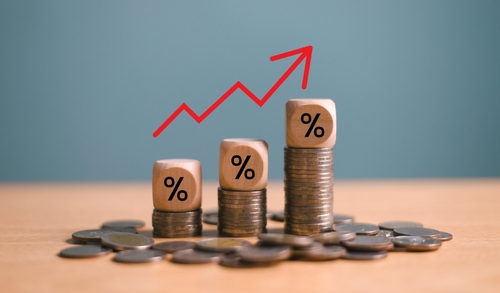The Global Inflation Crisis: Causes & Consequences
Table of contents

Understanding the Global Inflation Crisis
In recent years, the global inflation crisis has dominated economic discussions worldwide. Inflation, which is the general increase in prices and fall in the purchasing value of money, has reached unprecedented levels, affecting economies both large and small. The global inflation crisis is not just a local phenomenon but a complex interplay of various global factors. Understanding the root causes and potential consequences helps in formulating effective strategies to mitigate its impacts.
One of the primary causes of the global inflation crisis is the disruption in global supply chains. The COVID-19 pandemic played a significant role in this disruption, as lockdowns and restrictions led to factory shutdowns, transportation delays, and labor shortages. Additionally, geopolitical tensions, such as the conflict in Ukraine and trade wars, have further complicated supply chains, leading to shortages and price hikes in essential commodities such as food and energy.
Another contributing factor is the extensive fiscal and monetary stimulus measures adopted by governments around the world in response to the pandemic. While these measures were necessary to support economies and protect jobs, they also increased demand for goods and services, resulting in higher prices as supply struggled to keep up.
Moreover, the global energy crisis has exacerbated inflationary pressures. Rising oil and gas prices, driven by geopolitical instability and increased demand, have impacted transportation and production costs, causing a ripple effect across various sectors of the economy.
Economic Impacts of Inflation on a Global Scale
The global inflation crisis has far-reaching economic impacts, affecting everything from household budgets to national economic policies. One immediate consequence is the erosion of purchasing power. As prices rise, the real value of money decreases, meaning consumers can buy less with the same amount of money, leading to a decrease in overall consumption. This can slow economic growth, as consumer spending is a significant component of GDP.
Inflation also affects businesses, particularly those with thin profit margins. Rising input costs can squeeze profits unless businesses pass these costs onto consumers in the form of higher prices. This can lead to a vicious cycle, where higher prices lead to higher wage demands, further fueling inflation.
Moreover, the global inflation crisis can lead to increased interest rates. Central banks often raise interest rates to curb inflation, which can slow down borrowing and investment. While higher interest rates can help control inflation, they can also stifle economic growth by making loans more expensive for both consumers and businesses.
Countries with weaker economic fundamentals or high levels of debt are particularly vulnerable. They may face difficulties in managing their economies under high inflation conditions, potentially leading to financial instability or even crises.
The Social Consequences of Rising Inflation
Beyond the economic implications, the global inflation crisis has significant social consequences. Rising costs of living can lead to increased poverty rates, as lower-income households spend a larger portion of their income on necessities like food and housing. This can exacerbate inequality and lead to social unrest as people demand government intervention to control prices and improve living standards.
In many countries, inflation has also led to increased labor strikes and protests as workers demand higher wages to cope with rising living costs. Such social tensions can further destabilize economies and complicate government efforts to manage inflation.
Additionally, the political landscape can be affected by inflation. Governments that fail to manage rising prices effectively can face public dissatisfaction, leading to changes in political leadership or policy directions. Inflation can thus influence election outcomes and shape future economic policies.
Healthcare and education sectors are also impacted, as inflation affects government spending and household budgets. This can lead to reduced access to essential services, impacting long-term social development.
Strategies to Mitigate the Global Inflation Crisis
Addressing the global inflation crisis requires a multifaceted approach, as it is influenced by various interconnected factors. Governments and central banks play a crucial role in implementing policies to manage inflation.
One strategy is to tighten monetary policy by increasing interest rates, as central banks in many countries have begun to do. This can help reduce inflation by curbing demand and encouraging savings. However, it is crucial to balance this with economic growth objectives to avoid triggering a recession.
Improving supply chain resilience is another critical strategy. This involves diversifying supply sources, investing in infrastructure, and reducing dependency on geopolitical hotspots. Such measures can help stabilize supply and prevent future disruptions.
Governments can also implement targeted fiscal policies to support vulnerable populations affected by inflation. This can include subsidies for essential goods, direct cash transfers, or tax breaks that can help offset the impact of rising prices on low-income households.
International cooperation is also vital. Global efforts to stabilize energy prices, resolve geopolitical tensions, and coordinate economic policies can help manage inflationary pressures and create a more stable economic environment.








